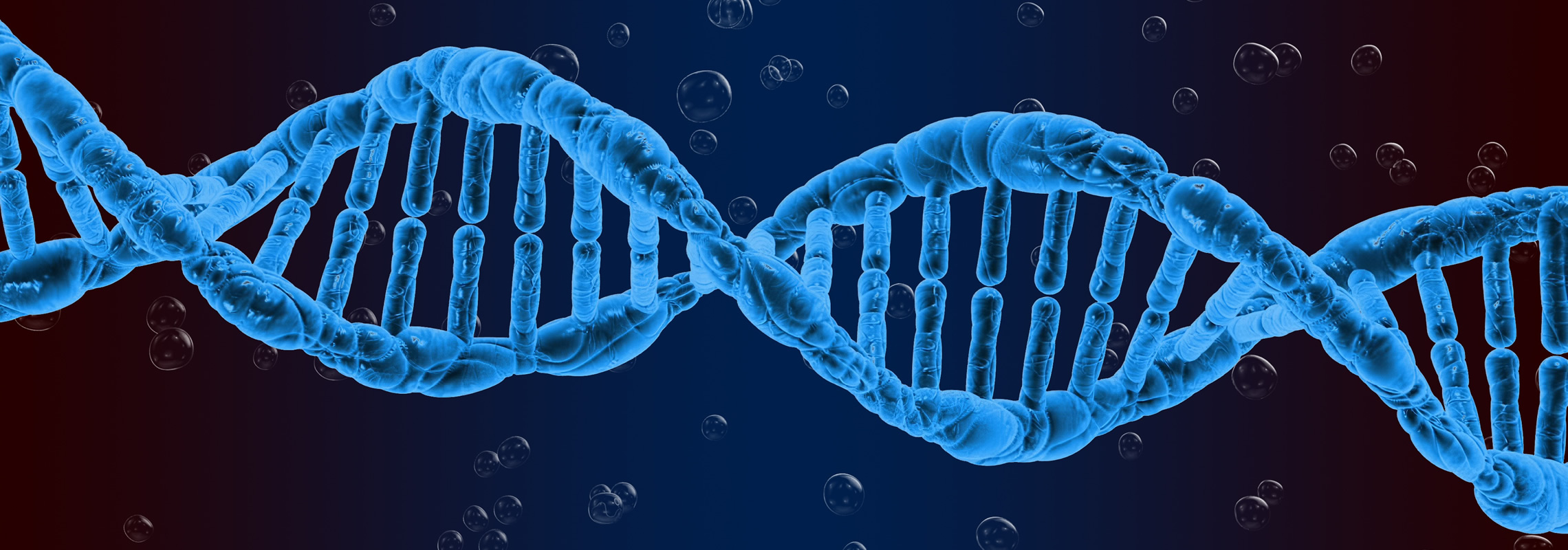
Life Sciences
The double-helix structure of DNA was discovered in 1953 by Watson and Crick. From the end of the 1970s to the early 2000s, DNA has been sequenced with the aid of radioactively marked nucleotides in the Sanger chain-terminating method. A lot has changed since then.
The human genome was sequenced more than 10 years ago, but the resultant applications are only now becoming clear. The use of new sequencing methods (next generation sequencing) is fundamental to further developing personalized medicine. Up to “companion diagnostics” completely new approaches in diagnostics and therapy are unfolding.
The identification of biomarkers is key to the targeted treatment of tumors, but also other diseases. The genomes of microorganisms have huge potential for habouring previously unknown naturally occurring substances with useful properties.
The development of new types of antibiotics by means of combinatorial biosynthesis and synthetic biology is an important area of research. In the case of vaccines, there are still challenges in the induction of effective immune responses, particularly in regard to the triggering of an efficient cytotoxic T-cell response. In the field of industrial (“white”) biotechnology, the manufacturing and use of sustainable raw materials for the production of chemicals and fuels is gaining increasing importance.
With the availability of second and third generation biomass for the extraction of basic chemicals, substances such as bioethanol-based PET plastic can be produced and real sustainability achieved. Rising development costs for medicines, a limited number of drug candidates, stricter requirements established through regulatory authorities – these are only some of the current challenges for companies in the field of life sciences. Innovations in the pharmaceutical field are no longer limited to small molecules, but based increasingly on biologicals. Pharmaceutical and biotech companies with numerous multidisciplinary partnerships are thereby forging new paths, where the timely safeguarding of the developments through intellectual property rights must be ensured.
Life sciences – Protect the New!




